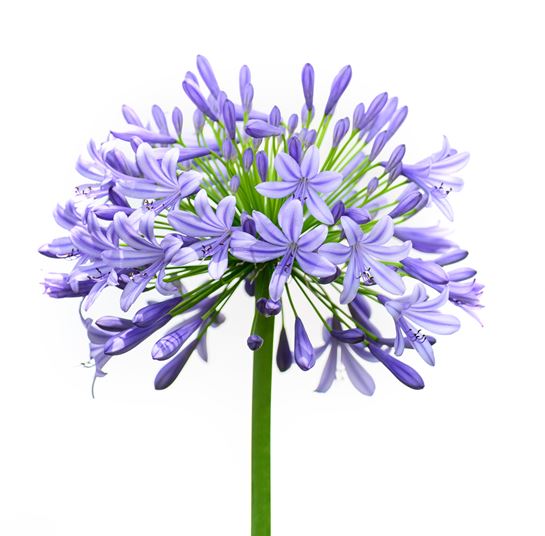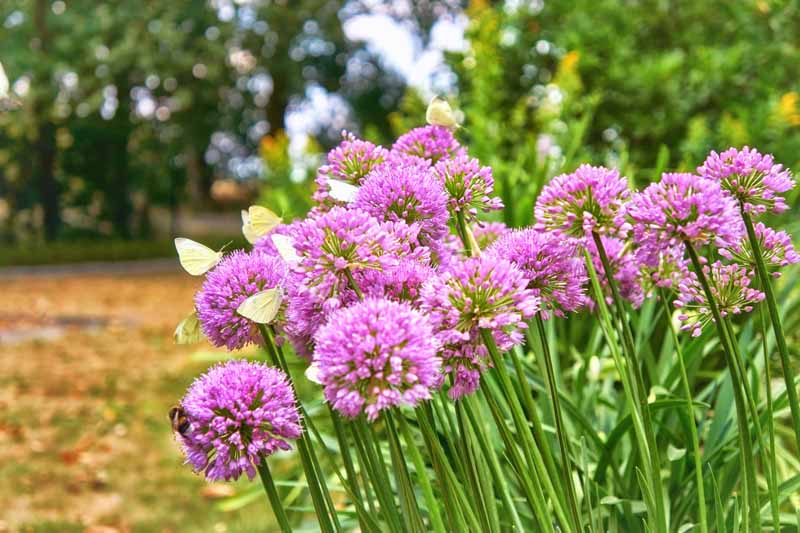Agapanthus Varieties: Picking the most effective for Your Landscape
Agapanthus Varieties: Picking the most effective for Your Landscape
Blog Article
Understanding the Art of Agapanthus Treatment: Essential Steps for Healthy And Balanced Development and Vivid Blooms
In the world of gardening, the farming of agapanthus stands as a gratifying endeavor for those that look for to nurture these classy flowering plants. From picking the right range to mastering trimming methods, the journey in the direction of growing thriving agapanthus plants is complex and holds the essential to unlocking the full potential of these organic treasures.

Picking the Right Agapanthus Selection

When choosing the appropriate Agapanthus variety for your yard, think about aspects such as climate viability, bloom color, and growth practice. In addition, think about the environment in your region to guarantee the Agapanthus range you choose can grow in your particular conditions. Recognizing the growth behavior of various Agapanthus ranges is important for appropriate placement within your yard.
Suitable Growing Problems
Thinking about the optimum environmental needs is crucial for successful Agapanthus farming. Agapanthus plants are sensitive to chilly temperatures and ought to be protected from frost throughout wintertime months.
To make certain healthy growth and vivid blooms, plant Agapanthus light bulbs at a deepness of concerning 2-4 inches and area them 8-12 inches apart. Mulching around the base of the plants aids maintain moisture and suppresses weed development.
Watering and Feeding Tips
Keeping correct moisture degrees and offering crucial nutrients are crucial components in the care routine for Agapanthus plants. When it comes to watering Agapanthus, it is critical to strike a balance. These plants prefer constantly wet dirt yet are at risk to root rot if overwatered.
Feeding Agapanthus is important for advertising healthy and balanced development and prolific blooms. Use a well balanced plant food, such as a 10-10-10 formula, in the very early springtime as new development emerges. Repeat this application every 6-8 weeks throughout the growing period. Prevent excessive fertilizing, as it can cause rich vegetation at the expenditure of blossoms. Always adhere to the supplier's guidelines for correct dilution and application methods. By following these watering and fertilizing suggestions, you can guarantee your Agapanthus plants flourish and generate lively, durable flowers.
Pruning Strategies for Agapanthus
Trimming Agapanthus plants at the appropriate times and with proper methods is crucial for keeping their health and promoting optimum growth and blooming. The excellent time to trim Agapanthus is in late winter or very early spring before new growth emerges.
For flowered stems, wait up until the blossoms have withered and after that cut them back to the base. This not only cleans the plant's look however likewise urges the advancement of new flower buds. Deadheading spent blossoms can likewise redirect the plant's power into producing even more blossoms instead of establishing seeds. Nonetheless, if you wish to accumulate seeds for breeding, leave some flowers to fully grown and dry on the plant.
Keep in mind to use clean, sharp devices to make accurate cuts and reduce the threat of presenting diseases. Agapanthus. Routine trimming will assist keep your Agapanthus looking healthy and neat while guaranteeing a plentiful display of gorgeous flowers
Dealing With Usual Bugs and Diseases
After making certain proper pruning strategies for Agapanthus, important source it is necessary to address common bugs and diseases that can affect the health and wellness and vigor of these plants. Agapanthus plants are generally durable yet can still come down with particular problems. One usual bug that impacts Agapanthus is the Agapanthus gall midge. This little, orange fly lays its eggs in the vegetation, causing distorted webpage development and blossom buds that stop working to open. To battle this bug, trim and destroy any damaged plant components and take into consideration making use of insecticidal soap.
Furthermore, Agapanthus plants can suffer from root rot if they are grown in poorly draining dirt. By being attentive and taking prompt activity against pests and diseases, you can assist your Agapanthus plants thrive and generate dynamic blooms. Agapanthus.

Final Thought
To conclude, grasping the art of agapanthus treatment includes choosing the right range, supplying ideal growing problems, learn the facts here now correct watering and feeding, proper pruning methods, and addressing typical bugs and illness. By adhering to these crucial actions, you can make certain healthy and balanced development and lively flowers for your agapanthus plants. Keep in mind to frequently keep an eye on and keep your plants to advertise their overall health and longevity.
To ensure healthy development and vivid blooms, plant Agapanthus bulbs at a deepness of regarding 2-4 inches and space them 8-12 inches apart. By adhering to these watering and feeding ideas, you can guarantee your Agapanthus plants grow and generate vivid, durable blooms.
One typical bug that affects Agapanthus is the Agapanthus gall midge. Additionally, Agapanthus plants can endure from root rot if they are grown in improperly draining dirt. By complying with these crucial actions, you can make certain healthy and balanced growth and vibrant blooms for your agapanthus plants.
Report this page